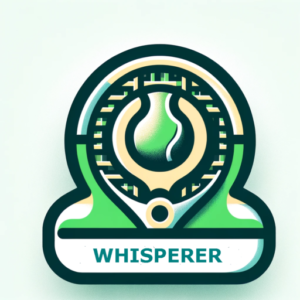Serve or Receive? Strategic Considerations
Serve or Receive? Strategic Considerations
Isaac asked:
“Win the toss – do you like to serve first or receive? I chose to serve but my partner overruled me and said we are receiving, then threw the balls to the opposition.”
Your Options When You Win the Toss
When you win the toss, you have four choices:
-
Serve – Sets the tone, builds rhythm, and applies immediate scoreboard pressure if you’re confident in your serve.
-
Receive – Ideal if your opponents start slow or your team is strong on returns, giving you an early break opportunity.
-
Choose Ends – Useful for managing sun, wind, or court conditions right from the start.
-
Defer to Your Opponent – Allows you to react tactically to their choice while managing environmental factors to your advantage.
Factors to Consider
When deciding whether to serve or receive, consider these key factors to ensure your choice supports your strategy and confidence from the outset:
-
Your strengths and confidence levels
Serving first builds proactive momentum. -
Opponent tendencies
Receiving can exploit early match nerves. -
Weather, sun, and wind
Choosing ends or deferring can optimise playing conditions.
In Badge Matches – Second Rounds
In second rounds of Badge, you often have a clearer understanding of your opponents’ strengths and weaknesses based on previous encounters. This makes your toss decision more informed and strategic:
-
You know who has a weaker serve under pressure.
-
You know who struggles to return heavy serves.
-
You’ve experienced how weather or court conditions affect play.
Use this knowledge to make a calm and confident decision that aligns with your team strategy.
Doubles Team Communication
In your situation, you chose to serve, but your partner switched to receive without discussion.
The secret to good doubles is, you guessed it: a strong partnership on court. Doubles is won by two players moving, thinking, and deciding as one.
It’s even better when both players have a rudimentary understanding of where to stand before each point begins. Doubles offers a huge advantage in that one player gets to start in a winning position before the point even starts – whether that’s at the net pressuring the returner or setting up for an intercept.
Importantly, putting doubles teams together based solely on UTR scores is not a good strategy. Doubles is always, first and foremost, about chemistry and building experienced teams. Two players with strong individual ratings but no tactical cohesion will rarely outperform an experienced, communicative pair who trust each other’s positioning, movement, and decision-making.
To avoid confusion and maintain unity, take 30 seconds before the toss to align with your partner. This builds trust, reinforces your tactical plan, and sets the tone for a focused match.
Discuss:
-
Preferred serving order – Who feels ready to serve first.
-
Match conditions – Sun, wind, court speed, and shadows.
-
Opponent tendencies – Who is vulnerable on serve or return.
-
Team mindset – How you want to start tactically and psychologically.
Wrap
Starting united ensures confidence, clarity, and optimal strategy from the very first point.



